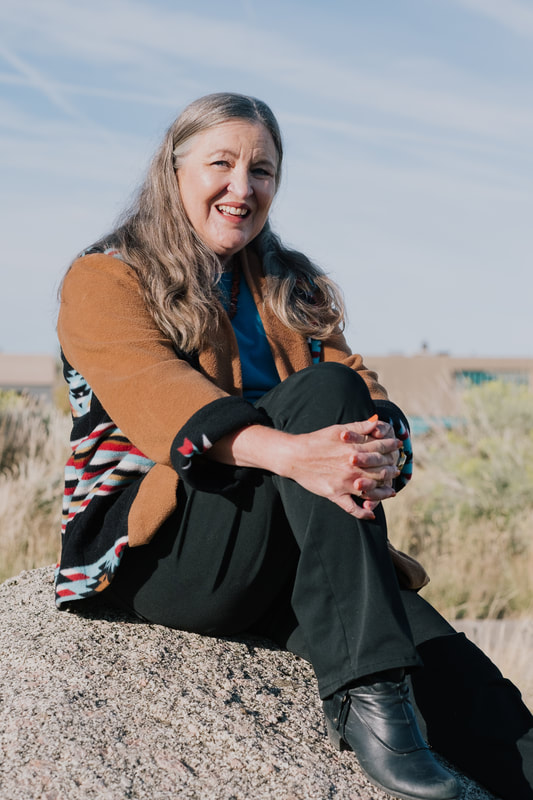| Some dear friends came to visit just before Christmas. They brought an amaryllis that was part of a kit: a bare bulb, a red planter can, and a disk of dehydrated soil, all sealed up in a box and ready to put together. What none of us realized until we opened the box was that it had been kept in a place that was too warm. The plant had begun growing in the dark enclosure and the flower stem, when it met the lid of the box, turned downward seeking space. What we found were white nubs of leaves and |
But I didn't. I planted it anyway and set it in a sunny window. And on Christmas Day, defying everyone's predictions, it bloomed.
If I were the writer of feel-good stories for children, I would say that my little amaryllis saw the sun, and the flower bulb changed directions and stood up, proudly becoming the most beautiful of Christmas flowers. But this isn't the story of the Ugly Duckling. This story is more honest and more true. The stunting that occurred in the box dealt irrevocable damage.This poor bulb didn't become much to look at. On New Year's Day the petals are already browning on the edges and the leaves, although a little greener, still haven't grown much.
This is the message this amaryllis brings us: We can be irrecoverably damaged by this world, but in spite of all that is done to us we must bloom. We will not all become the most beautiful of blooms, but we can be the bravest.














